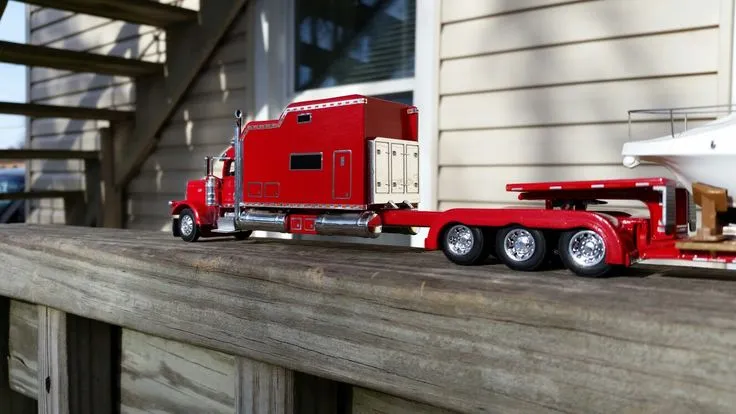What are Custom Diecast Trucks
Custom diecast trucks represent a fascinating intersection of collecting, craftsmanship, and personal expression. These aren’t your run-of-the-mill toy trucks; they are meticulously crafted miniature replicas, often built to a specific scale, that have been modified, detailed, and personalized by enthusiasts. The appeal lies in the ability to transform a mass-produced item into a unique piece of art. Whether you’re drawn to replicating a specific real-world truck, creating a fantasy vehicle, or simply expressing your creativity, the world of custom diecast trucks offers a rewarding and engaging hobby. Starting your journey into the custom diecast world means you will delve into the world of detail and precision.
Understanding Diecast Truck Basics
Before diving into customization, it’s important to understand the fundamentals of diecast trucks. These models are typically made using a die-casting process, where molten metal (usually zinc alloy) is injected into a mold. This process allows for intricate details and accurate representations of real-life trucks. Common scales include 1:64, 1:43, and 1:24, with each scale offering a different level of detail and complexity. Familiarizing yourself with these scales and the different types of trucks available (e.g., semi-trucks, pickups, delivery trucks) will give you a solid base for your custom projects. Understanding the construction and assembly will also help with your customization.
Materials Used in Diecast Trucks
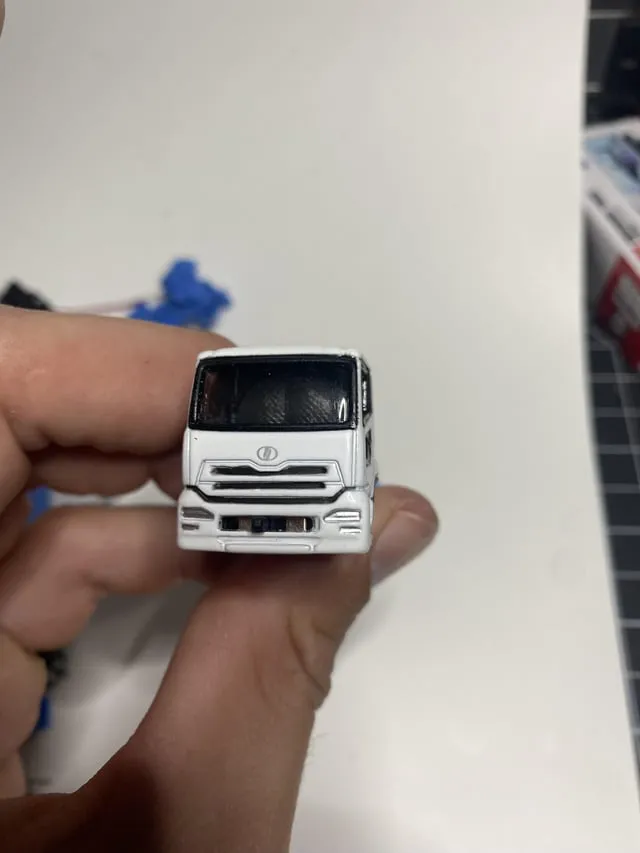
Diecast trucks are primarily made from a zinc alloy, often referred to as ‘pot metal.’ This material allows for fine detailing and durability. Other materials used in the construction include plastic for the interior, tires, and some accessories, as well as rubber for the tires. The quality of these materials can vary significantly between manufacturers, affecting the overall look and feel of the model. When customizing, you will encounter various materials like paints, primers, decals, and clear coats. Choosing the right materials is crucial for achieving a professional finish and ensuring your custom diecast truck looks its best for years to come. See image for the types of materials used in a custom diecast truck.
Why Customize Your Diecast Truck
The reasons for customizing diecast trucks are as diverse as the customizers themselves. Beyond the enjoyment of the hobby, customizing allows you to create something truly unique. It is a fantastic way to express your passion for trucks, automotive design, or specific eras. Many customizers find it a satisfying creative outlet. You can pay homage to a particular truck from your childhood or create a model that reflects your personal style. The ability to personalize a diecast truck adds a layer of depth and meaning that simply owning a stock model cannot offer. It transforms a collectible into a personal statement. The work can be as straightforward or complex as you choose.
Personal Expression and Uniqueness
Customizing diecast trucks lets you inject your personality into a tangible object. You can choose colors, paint schemes, decals, and accessories that reflect your tastes and interests. This can range from a simple paint job and decal application to more complex modifications involving engine detailing, suspension upgrades, and interior enhancements. This level of personalization turns a mass-produced item into a one-of-a-kind creation. This is what sets your collection apart from others. A custom truck can tell a story, evoke memories, or simply be a stunning piece of art on display.
Building a Collection
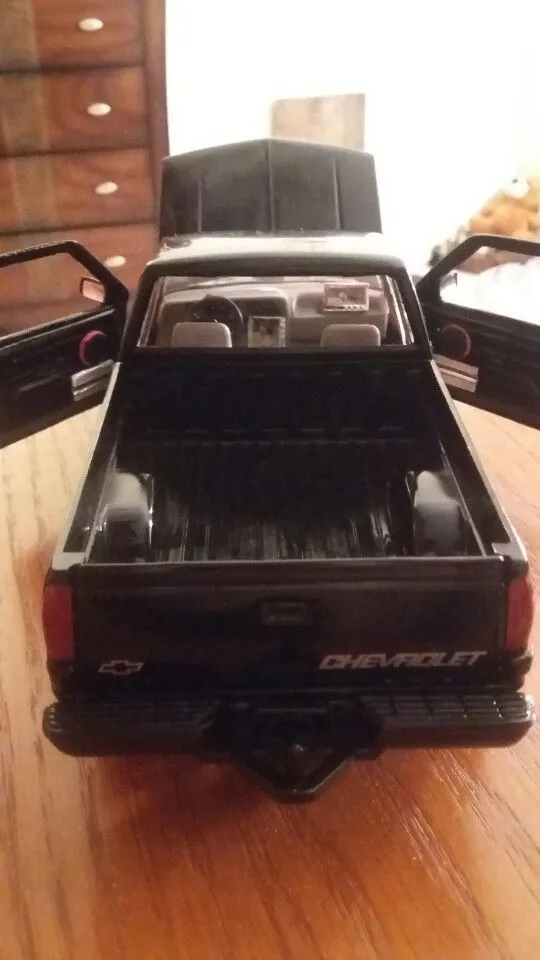
Custom diecast truck collecting is also about building a collection that you will cherish. As you customize more trucks, your collection becomes a reflection of your journey. You may focus on specific truck models, eras, or themes. Collecting these unique items becomes a source of pride and a conversation starter. The act of collecting also brings with it the joy of discovery, the challenge of finding rare models, and the satisfaction of adding them to your display. Whether you are a seasoned collector or just starting out, the custom diecast truck world is full of possibilities.
Tools and Materials You’ll Need
Embarking on the journey of customizing diecast trucks requires gathering the right tools and materials. The initial investment can be relatively small, but as your skills and ambitions grow, so too might your collection of specialized equipment. Having the proper tools will make the process easier, more enjoyable, and will result in a higher-quality finish. Starting with basic tools and gradually expanding your arsenal is the recommended approach. Always prioritize safety when using tools and working with paints and chemicals.
Essential Tools for Customization
Essential tools include a set of small screwdrivers (Phillips and flathead), a hobby knife or X-Acto knife, fine-grit sandpaper (various grits), and tweezers. You will also need a cutting mat to protect your work surface, and a well-lit workspace. As you progress, you might invest in a rotary tool (Dremel) with various attachments for cutting, sanding, and polishing. A good quality airbrush and compressor can greatly improve the quality of your paint finishes. A set of files for smoothing edges, and various types of pliers for bending or shaping parts also will be extremely helpful. Remember that quality tools can make a huge difference in your results.
Types of Paint and Finishes
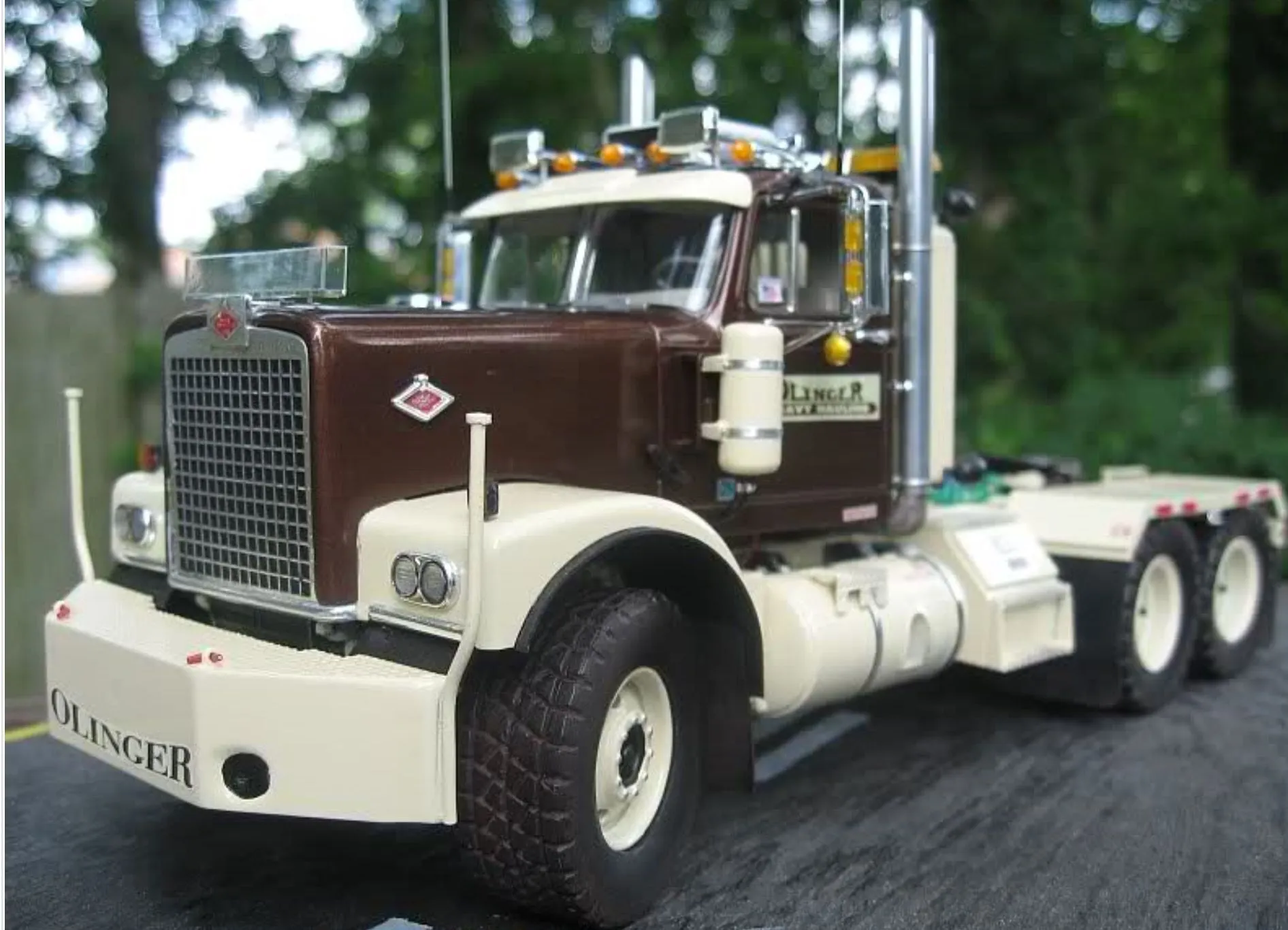
Choosing the right paint is crucial for a professional-looking finish. Acrylic paints are popular among customizers because they are easy to use, dry quickly, and are water-based, making cleanup easier. Enamel paints offer durability and a glossy finish but require longer drying times. Lacquer paints provide a high-gloss finish but can be more challenging to work with. Primers are essential for preparing the surface and ensuring proper paint adhesion. Clear coats protect the paint job and add a layer of gloss or matte finish. Always use appropriate safety measures, such as a well-ventilated area and a respirator, when working with paints.
Step-by-Step Guide to Customization
Customizing a diecast truck is a process that involves several key steps. Each step is important to achieve a high-quality result. Taking your time and paying attention to detail will make a big difference in your finished product. The process can be as simple or complicated as you like, depending on the modifications you plan to make. From basic paint jobs to extensive modifications, this guide will help you through the process. Always start with the fundamentals and gradually add complexity as you gain experience.
Preparing the Diecast Truck
The first step involves disassembling the truck. This usually involves removing the wheels, interior, and any other parts that will be painted or modified. Carefully use your screwdrivers and hobby knife to separate the components. Once disassembled, thoroughly clean all parts with soap and water to remove any dirt or grease. Then, lightly sand the surfaces that will be painted to help the primer adhere. Apply a primer coat to all the parts that will be painted. Proper preparation is crucial for ensuring a smooth and durable paint finish.
Painting and Detailing Your Truck
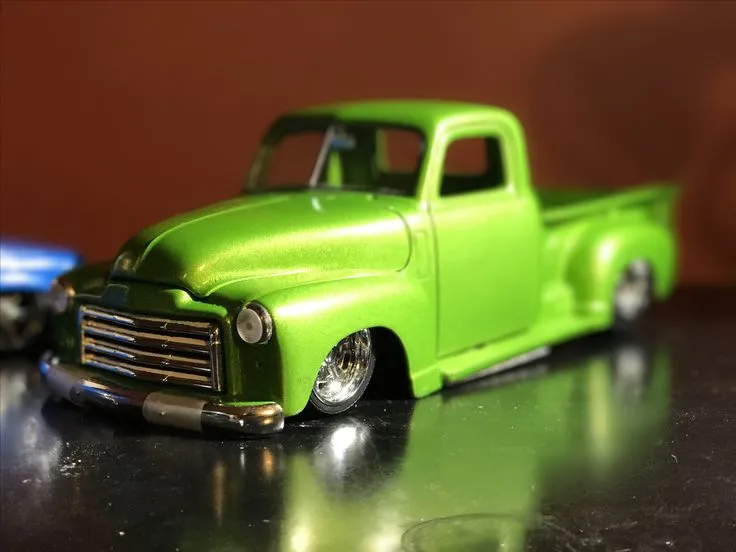
Once the primer is dry, it’s time to apply the color. Use an airbrush or spray can for a smooth, even coat. Apply multiple thin coats of paint, allowing each coat to dry before applying the next. This prevents runs and ensures a professional finish. Once the paint is dry, you can add details using fine-tipped brushes or pens. This may include highlighting panel lines, adding details to the interior, or painting small accessories. After the paint and detailing are dry, you can apply a clear coat to protect the paint and add gloss or matte finish. See painting example image.
Adding Custom Decals and Features
Decals can add a lot of personality to your custom truck. You can use pre-made decals or create your own using decal paper and a printer. Carefully apply the decals to the painted surfaces, ensuring they are smooth and free of air bubbles. Additional features, such as custom wheels, lights, and other accessories, can be added to further enhance the model. These can often be purchased from hobby stores or online. Attaching accessories might require some drilling, gluing, or other modifications.
Finishing Touches and Assembly
Once the paint, detailing, decals, and accessories are complete, it is time to reassemble the truck. Carefully put the components back together, ensuring everything fits properly. Check for any loose parts or imperfections and make any necessary adjustments. After assembly, you can apply a final clear coat to seal the entire model. This will not only protect your hard work, but will also give the truck a professional look. Inspect the completed model carefully, making any final adjustments before placing it on display.
Displaying and Caring for Your Custom Truck
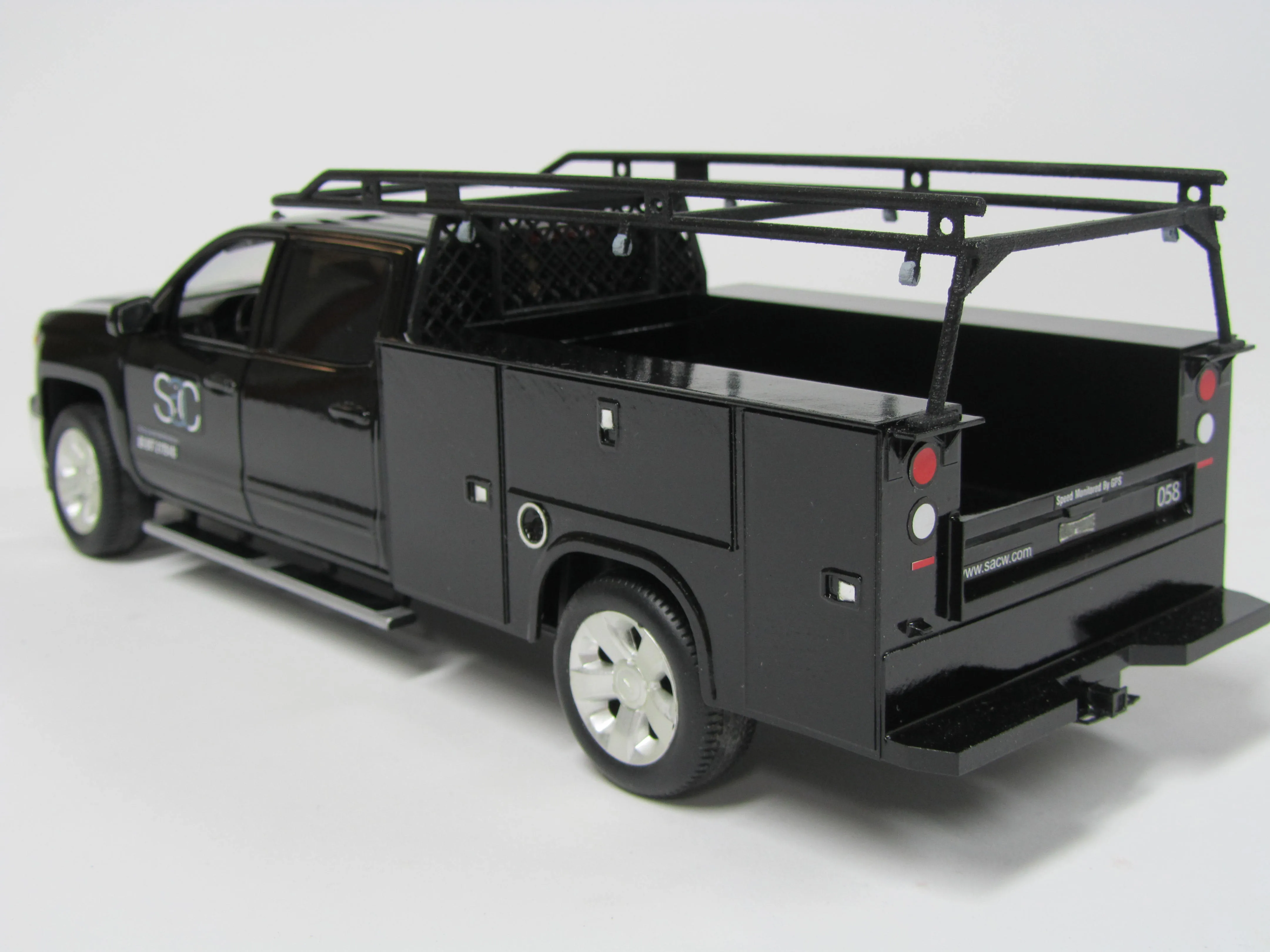
Once your custom diecast truck is complete, you will want to display it proudly. Proper care will ensure that your model remains in excellent condition for years to come. Displaying your collection can be a rewarding part of the hobby, and the way you choose to display it can further enhance your enjoyment of your custom creations. Careful handling and maintenance are critical for preservation.
Safe Storage and Handling
Store your custom diecast trucks in a dust-free environment, away from direct sunlight and extreme temperatures. Direct sunlight can fade the paint, while extreme temperatures can warp or damage the materials. Consider using display cases or shelves with glass doors to protect your collection from dust and accidental damage. Handle your trucks with clean hands, and avoid touching the painted surfaces unnecessarily. Consider using soft cloths or gloves to prevent scratches.
Cleaning and Maintenance Tips
Regular cleaning will keep your custom diecast trucks looking their best. Use a soft, dry cloth or a soft-bristled brush to remove dust and debris. Avoid using harsh chemicals or abrasive cleaners, as they can damage the paint. If you need to remove stubborn dirt or grime, use a mild soap solution and a damp cloth, being careful not to get the model too wet. Regularly check for loose parts or any signs of damage, and address any issues promptly. Gentle care and regular maintenance can make your custom creations last for years. Here is an example for cleaning image.
